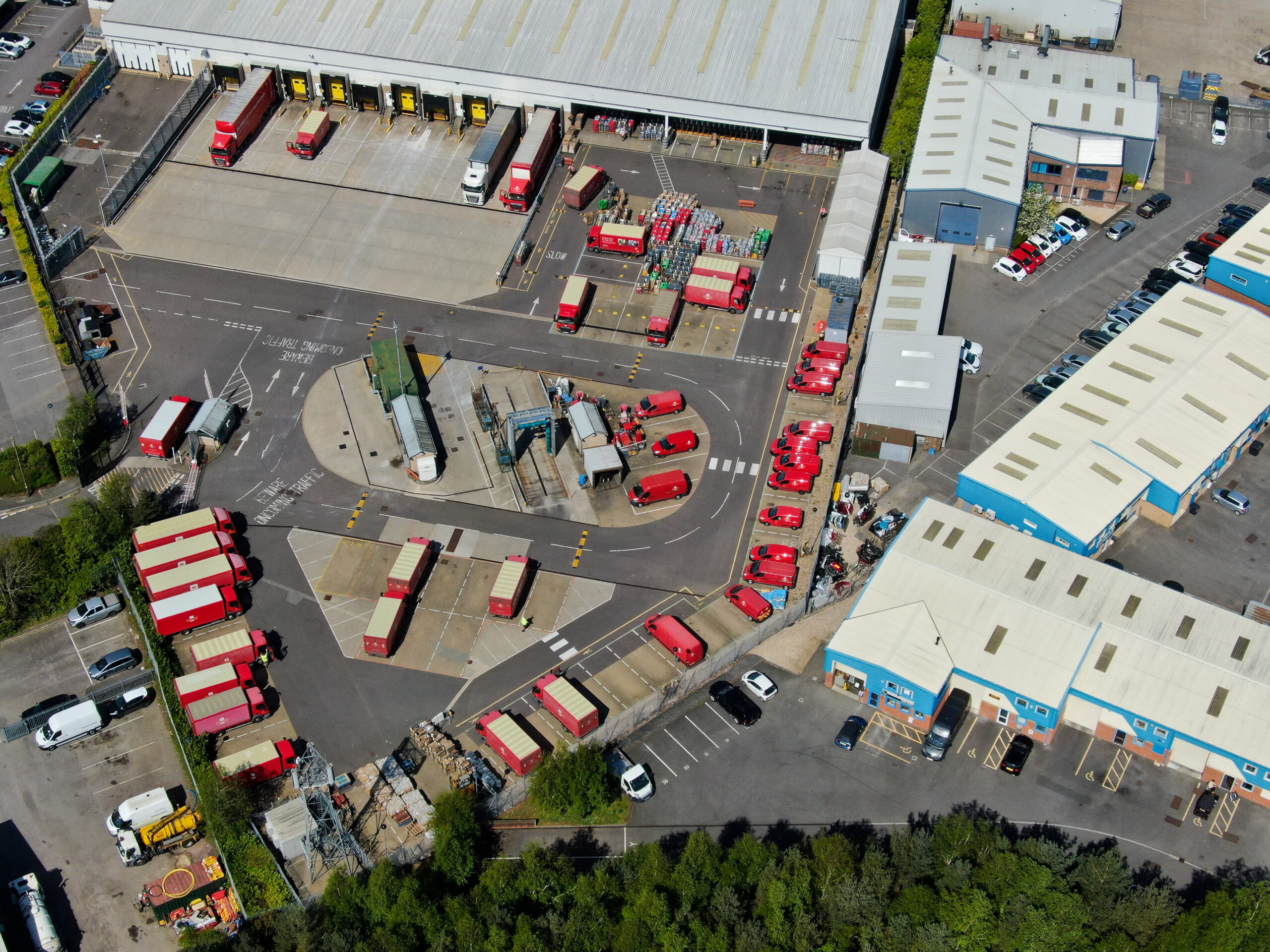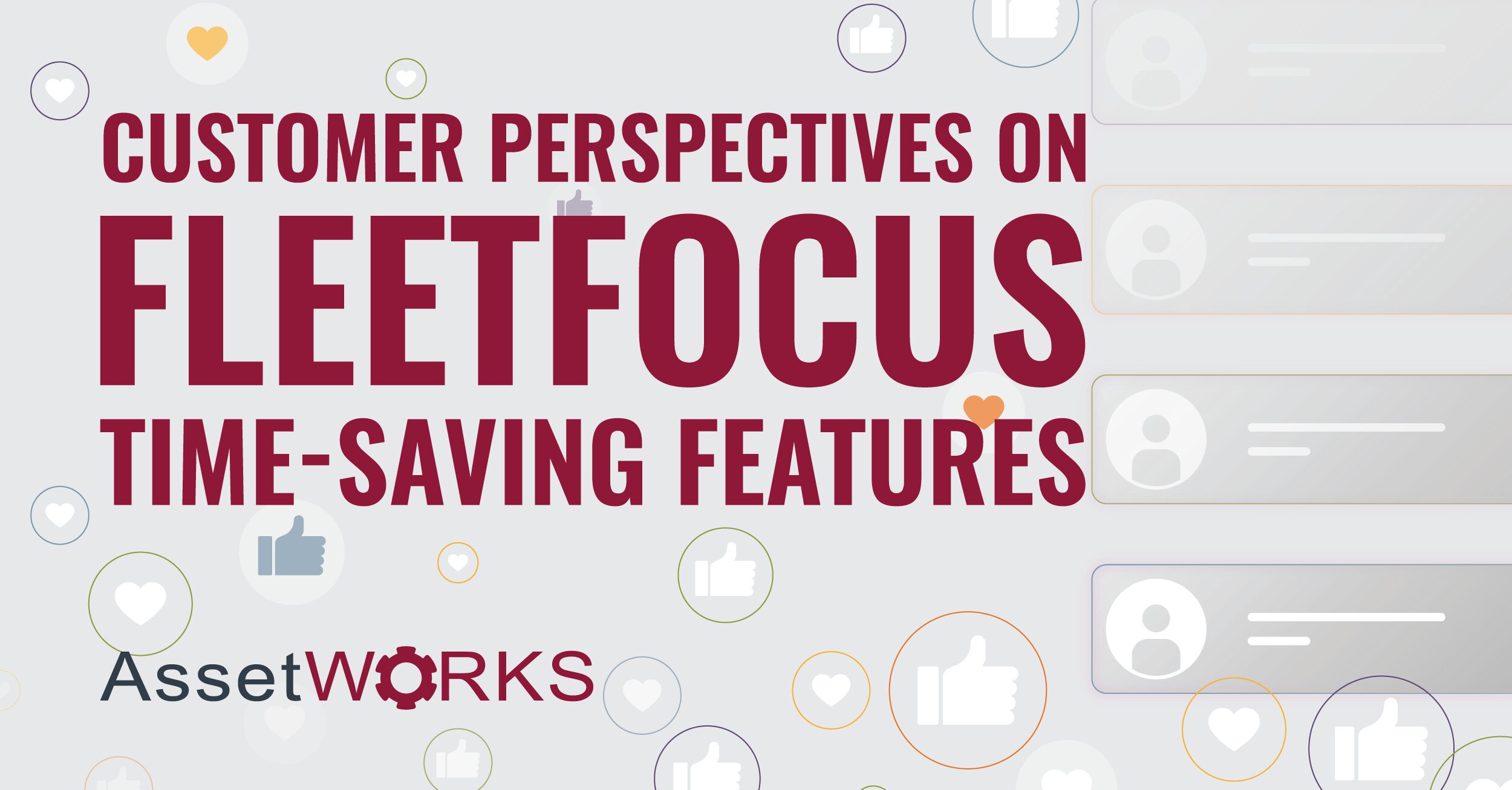For many public fleets today across the United Kingdom, fleet vehicle replacement is a low priority, for a multitude of reasons. Common reasons include:
There isn’t room in the budget to replace vehicles right now.
I have to compete for funding with departments. New vehicles won’t get approved.
My fleet vehicles are still running fine! Why replace them?
These attitudes towards vehicle replacement, although common, can prove quite costly for fleet organisations in the long run. When you have an aging fleet, you not only end up paying more for labour and both reactive and preventive maintenance, but you also miss out on the vehicle’s potential resale value.
When fleet professionals accurately calculate vehicle life-cycle costs, they realise the optimal time for vehicle replacement. This may sound surprising, but more often than not it is more cost-effective to replace a vehicle than to keep it in rotation.
Making your case for fleet vehicle replacement funds
Just a few short years ago, it was even harder for fleets to receive full replacement funding for vehicles. Now, it is still challenge, but more and more fleets are succeeding in making a case for replacement funds.
To begin campaigning for a proper replacement fund, fleet mangers should reach out to neighboring fleet organizations to see if they have a fund or not. While this comparison alone won’t secure your funding, it will help build your case to management or elected officials.
After reaching out to neighboring fleets, you should perform a complete life-cycle cost analysis on your vehicles. Life-cycle cost analysis helps fleet managers determine how much their vehicles really cost, from acquisition to end-of-life.
The purchase of an asset is only part of the total cost of ownership to take into account when weighing benefit cost vs. ‘do nothing’ scenarios. Depreciation, interest, maintenance, repairs, fuel and downtime are examples of life cycle costs that will have an impact on an asset’s net value to an organisation.
Life-cycle cost analysis gives fleet managers a method to measure how much a vehicle or equipment costs through its full life cycle by factoring all of these additional costs and reveals the optimum replacement point for fleet managers to minimise investment, maximise profitability, and limit an asset’s total cost of ownership.
Finally: A solution for aging fleets
How are you currently tracking vehicle life-cycle costs? Although accurate life-cycle cost tracking is vital for fleets today, many organisations still rely on Excel spreadsheets. Using spreadsheets for life-cycle cost analysis can lead to duplicate data, data silos and overall inaccuracies.
AssetWorks Capital Asset Management (CAM) revolutionises life-cycle cost analysis for fleet and asset management organisations. With CAM, you can accurately track a vehicle or asset’s entire life-cycle, from procurement and maintenance to disposal.
CAM compiles the maintenance, disposal and replacements costs of an asset and automates the calculation of an asset’s full life cycle costs. CAM allows asset managers to select the right assets at the right price, identify annual asset costs to pinpoint optimal replacement times, and maximise asset disposal. CAM also provides support with fundamental asset management tasks like procurement and remarketing.












